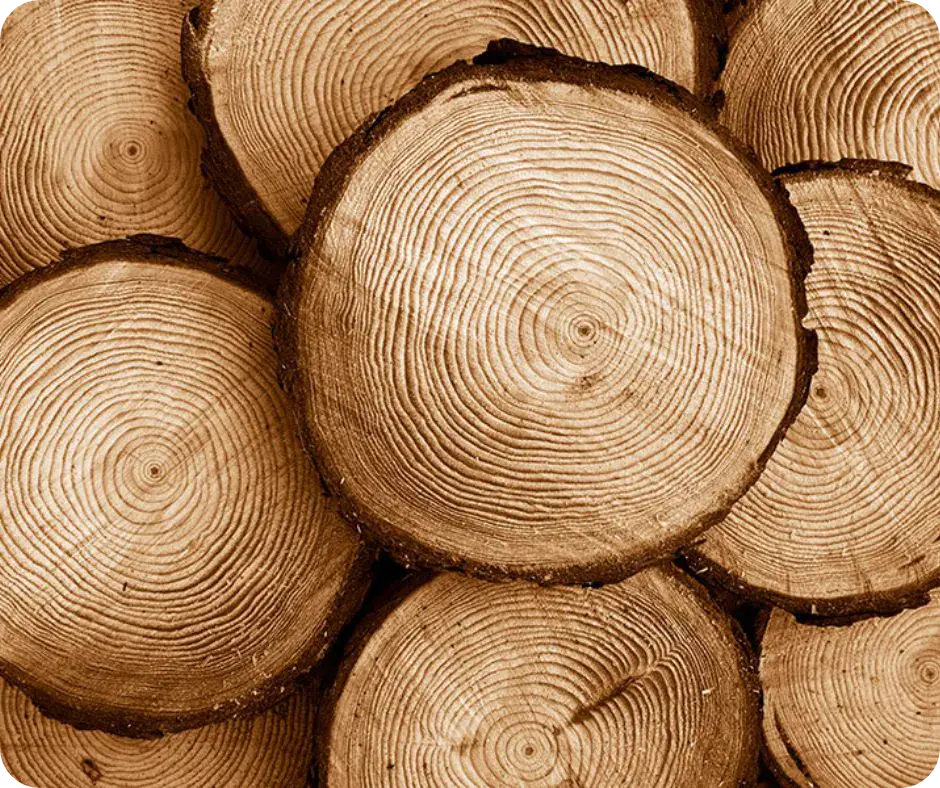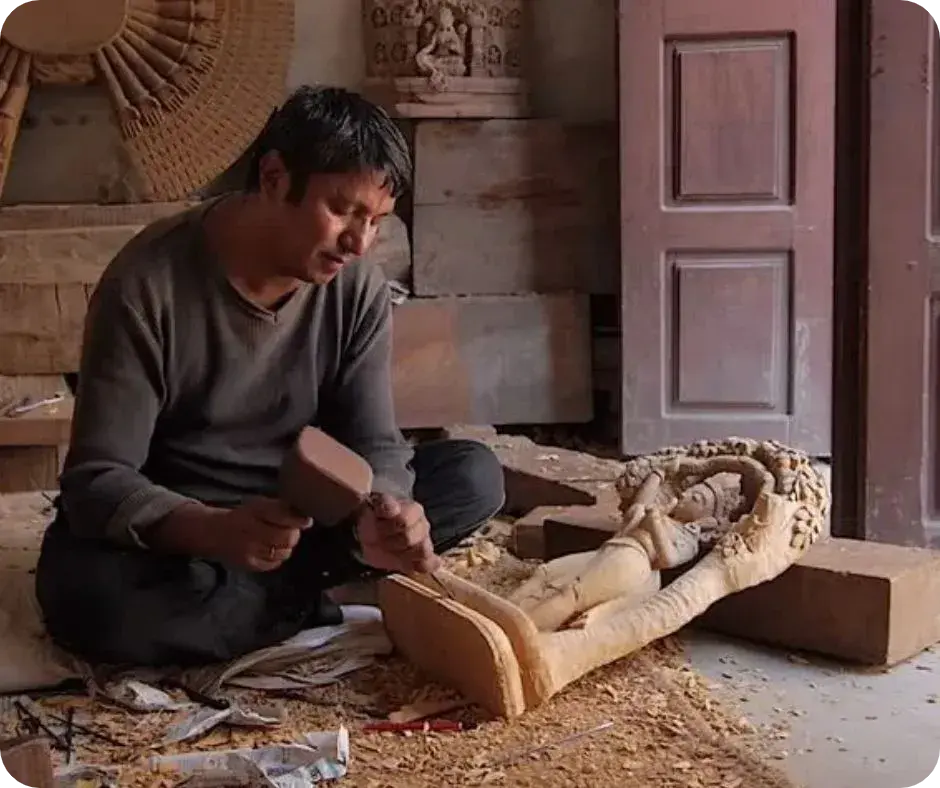
The heritage architecture of the ancient temples of South India is a source of inspiration to this day. The sculpture that you see on this page borrows heavily therefrom. It is carved from evergreen wood and finished with a basic palette of pastels in vibrant, almost jewel tones. The murti is of Mother Durga, the invincible warrior devi of the Hindu pantheon. Seated in lalitasana on the back of Her lion and wielding divine implements and blessings(aashirvada) in each of Her eight arms, She seems to have emerged straight from the walls of a temple of yore.
| Express Shipping: Guaranteed Dispatch in 24 hours |
|
| Item Code: | ZEO652 |
| Specifications: |
Wood Statue
|
| Height: | 36 inch |
| Width: | 6.5 inch |
| Depth: | 24 inch |
| Weight: | 24.80 kg |
Dravida architecture developed between the seventh and eighteenth centuries. Luxuriantly embossed superstructures surrounding the garbhagrha (inner precinct, usually quadrilateral) are a characteristic feature. The iconography of this Devi Durga draws from the ancillary iconographies of such temples. She is as ferocious as She is gorgeous; Her leonine companion barely Her match in strength and ferocity. The straight back, the full breasts, and the powerful musculature of Her limbs - all these convey an invincible, determined stance.
Dense black mane that doubles as a halo. Lotus petals the colour of peach and verdure along the round-shaped aureole. A tapering crown tall enough to blend into the Kirtimukham motif at the zenith. A pedestal lined with elongated lotus petals in the same colours, and a simple flower motif down the midline. These are the hallmarks of traditional-inspired Southern workmanship, which make this a distinct classical-style composition.




How to care for Wood Statues?
Wood is extensively used in sculpting especially in countries like China, Germany, and Japan. One feature that makes the wood extremely suitable for making statues and sculptures is that it is light and can take very fine detail. It is easier for artists to work with wood than with other materials such as metal or stone. Both hardwoods, as well as softwood, are used for making sculptures. Wood is mainly used for indoor sculptures because it is not as durable as stone. Changes in weather cause wooden sculptures to split or be attacked by insects or fungus. The principal woods for making sculptures and statues are cedar, pine, walnut, oak, and mahogany. The most common technique that sculptors use to make sculptures out of wood is carving with a chisel and a mallet. Since wooden statues are prone to damage, fire, and rot, they require proper care and maintenance.
It is extremely important to preserve and protect wooden sculptures with proper care. A little carelessness and negligence can lead to their decay, resulting in losing all their beauty and strength. Therefore, a regular clean-up of the sculptures is a must to prolong their age and to maintain their shine and luster.
Send as free online greeting card
